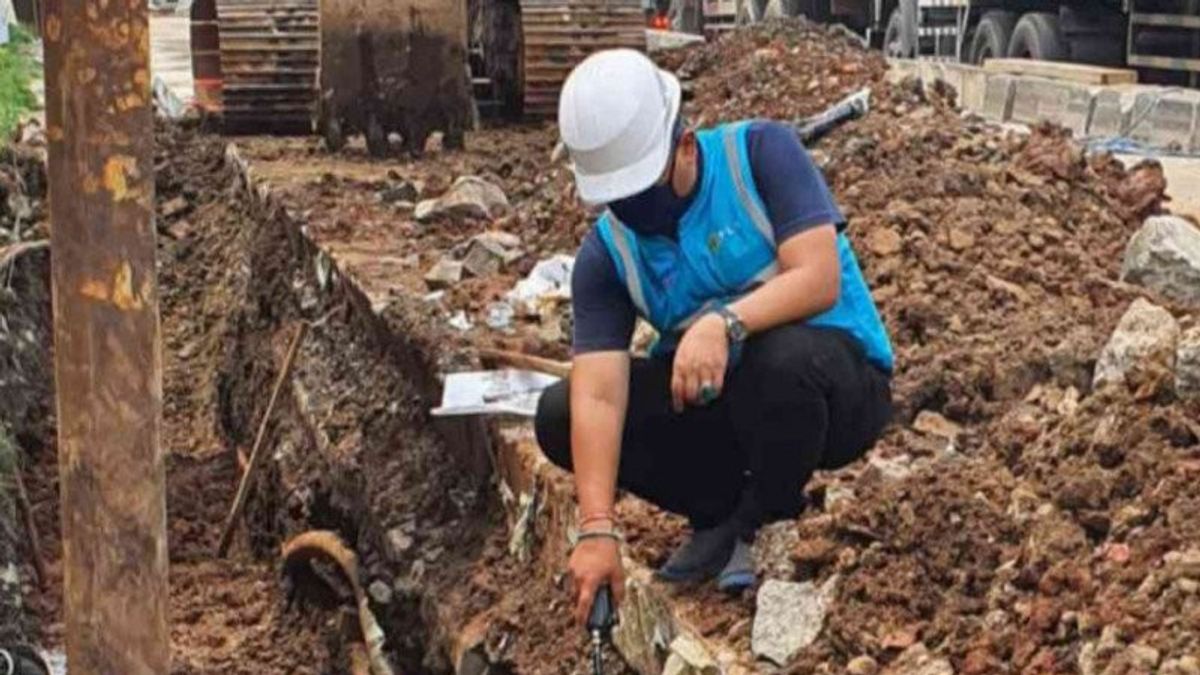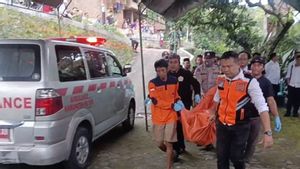JAKARTA - PT Perusahaan Listrik Negara (Persero) stated that the power outages in Bekasi City during November this year were caused by a number of development activities being carried out in the area.
"The power outages were due to materials, some were also caused by construction work activities, especially road repairs around Bekasi City," said Deni Cardiana, Manager of the PLN UP3 Bekasi Network Section, Friday, November 27.
Deni said the power outage was due to the road repair work in front of BTC Mall, Jalan Joyo Martono, East Bekasi, Bekasi City.
"Our assets are affected by becko activities, causing disruption," he said.
Similar incidents in the Mustikajaya and North Bekasi areas some time ago were also caused by road repairs coupled with an excavation project owned by the regional government which hit PLN's assets and caused power outages.
He asked local governments to coordinate when carrying out infrastructure project activities in order to minimize electrical disturbances that impact the wider community.
According to him, the Bekasi City Government has actually opened communication only for large-scale projects but not with road repair activities or other small-scale projects.
"If there was coordination, maybe we could guard it so that events that damaged PLN's assets could be prevented earlier," he said.
Deni noted that throughout November 2020 there had been 18 feeder trips. 13 cases of which the impact of disruption of PLN assets due to construction or excavation of small-scale road infrastructure.
"So the people know that the electricity goes out because of PLN. Even though there is a disturbance in our assets, "he said.
His party claims to have a protocol in carrying out electrical activities. The service standard when there is a trip or a power outage is actually only three hours maximum. After that, the community or customers can feel their electricity needs again.
"So there is a standard pattern at PLN. During the trip, we have already carried out routine investigative activities that have been arranged, so try for three hours at the maximum that the customer will have electricity back," he said.
PLN also has fiders that are planted in the ground so that ideally the level of reliability and safety is quite high.
"On average, it is about one meter below ground level, so it is quite safe except for those projects that I mentioned. Because only a few of our networks are in the air and we can anticipate that beforehand because the air network can visually identify the potential. potential causes of disruption, "he said.
The English, Chinese, Japanese, Arabic, and French versions are automatically generated by the AI. So there may still be inaccuracies in translating, please always see Indonesian as our main language. (system supported by DigitalSiber.id)













